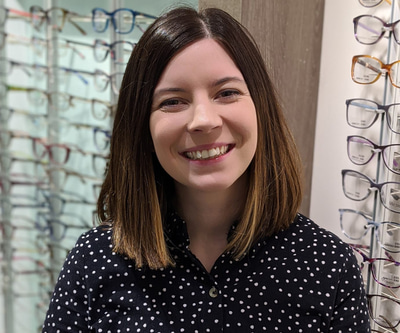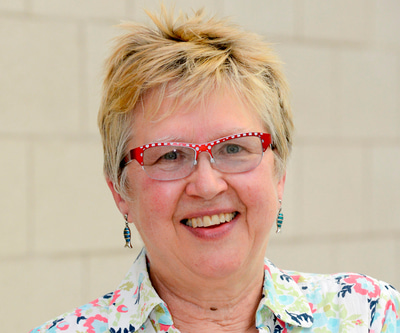- OT
- Life in practice
- Business management
- The ABC of a child-friendly practice
Practice team guide
The ABC of a child-friendly practice
From interior design to communication, OT shares top tips on how to make a practice’s youngest patients feel welcome

08 April 2022
Stepping into an optometry practice for the first time can be a daunting experience for young children. Strange equipment, unfamiliar people, changes in lighting and rapid-fire questions: if not handled appropriately, a sight test can be an unsettling experience that may prompt anxiety around future healthcare appointments.
But with some simple adaptations, the practice team can ensure that every patient feels at home in practice – no matter how many candles are on their birthday cake.
OT approached optometrist and practice director, Lisa Probert, and Cardiff University senior lecturer, Dr Margaret Woodhouse, for their tips.
Professionalism and friendliness

She shared that her practice team always aim for professionalism and friendliness.
“This is just as important when catering for the younger population as any other patient,” Probert shared.
Team members are comfortable dealing with children of all ages and abilities, while the diary is carefully managed so children visit at times when the practice is less busy.
Probert highlighted that this means the receptionist has the time to spend energy making sure the child is excited rather than nervous.
“It is crucial to us that the children visiting us feel included and relaxed,” she said.
Practice layout
In the waiting area, there is a large collection of colouring books, toys and children’s books about sight tests.
“Where possible we try to learn as much as we can about the child before they arrive. This way we know what sort of environment will suit their personality, whether that be noisy and energetic, or quiet and swift,” Probert said.
A wide selection of children’s frames are set at the correct browsing height for children – while mirrors are also placed at this height. There are pictures of children wearing glasses on the walls of the practice.
Speak in short simple sentences and always include the child
During the sight test, Probert noted that sometimes children will feel more comfortable if different techniques are practised on a parent or soft toy first.
Sometimes it is necessary to prioritise essential tests and leave others for another day.
“I keep note-making in front of the child to a minimum and complete the patient record after the child has gone,” Probert shared.
She has carried out examinations with the child’s favourite TV show playing on her computer in the background.
“It’s important to think on your feet and do what gets you the results you need,” Probert observed.
Communication
When it comes to engaging with children, Dr Woodhouse believes it is important to know your Peppa Pig from your Paw Patrol.
“Mug up on children’s TV,” she advised.
“Speak in short simple sentences and always include the child, even if it is the parent who is talking,” Woodhouse said.
Where possible we try to learn as much as we can about the child before they arrive
When booking a child in for an appointment, Woodhouse recommends noting the age of the child in the diary so staff can prepare before the visit.
“If it is a young child, the best time might be just before lunch so that the process can run over if need be. It’s never good practice to rush a child or upset the parent by seeming to be conscious of time,” she said.

“Make the sight test something that the child does with you, not something you do to the child,” she said.
Woodhouse recommends covering up equipment that could be scary to a child, such as a slit lamp, and putting things that a child might want to grab and play with out of reach – such as a remote control or retinoscope.
The child should be seated directly next to their parent.
“Nothing is worse than a parent at the opposite end of the room feeling that they cannot get involved. If a child is nervous, they need mum or dad on hand,” Woodhouse shared.


Comments (0)
You must be logged in to join the discussion. Log in